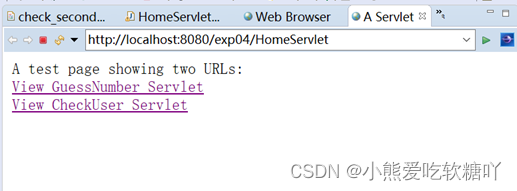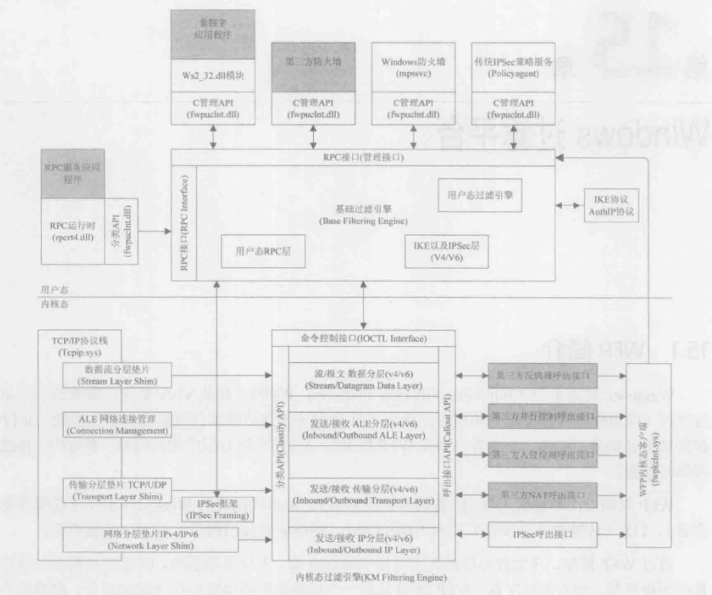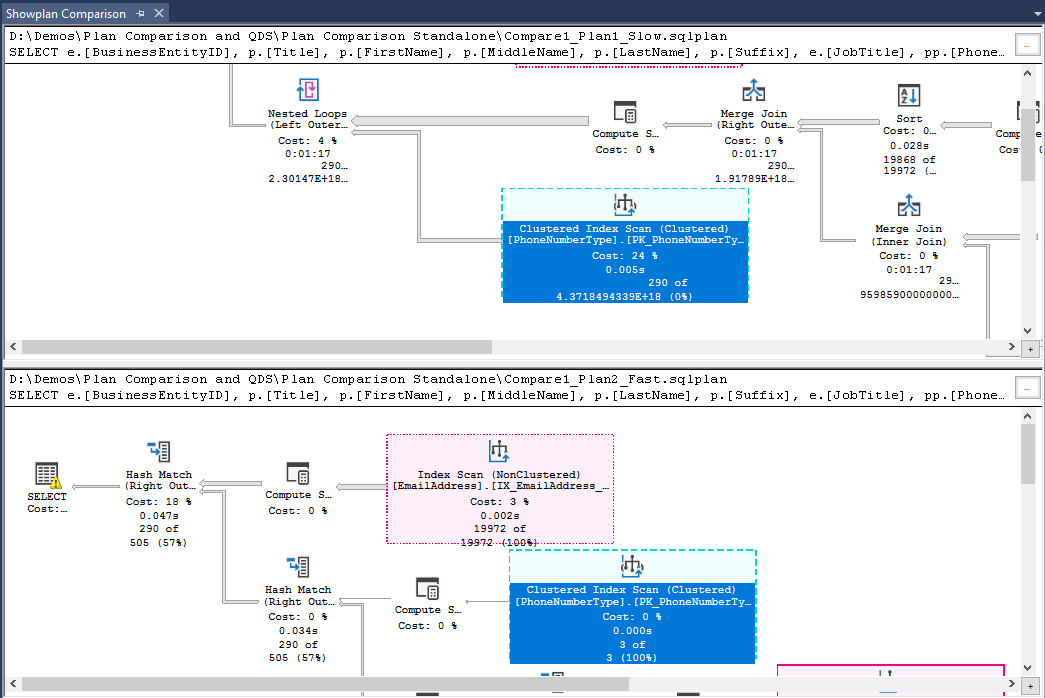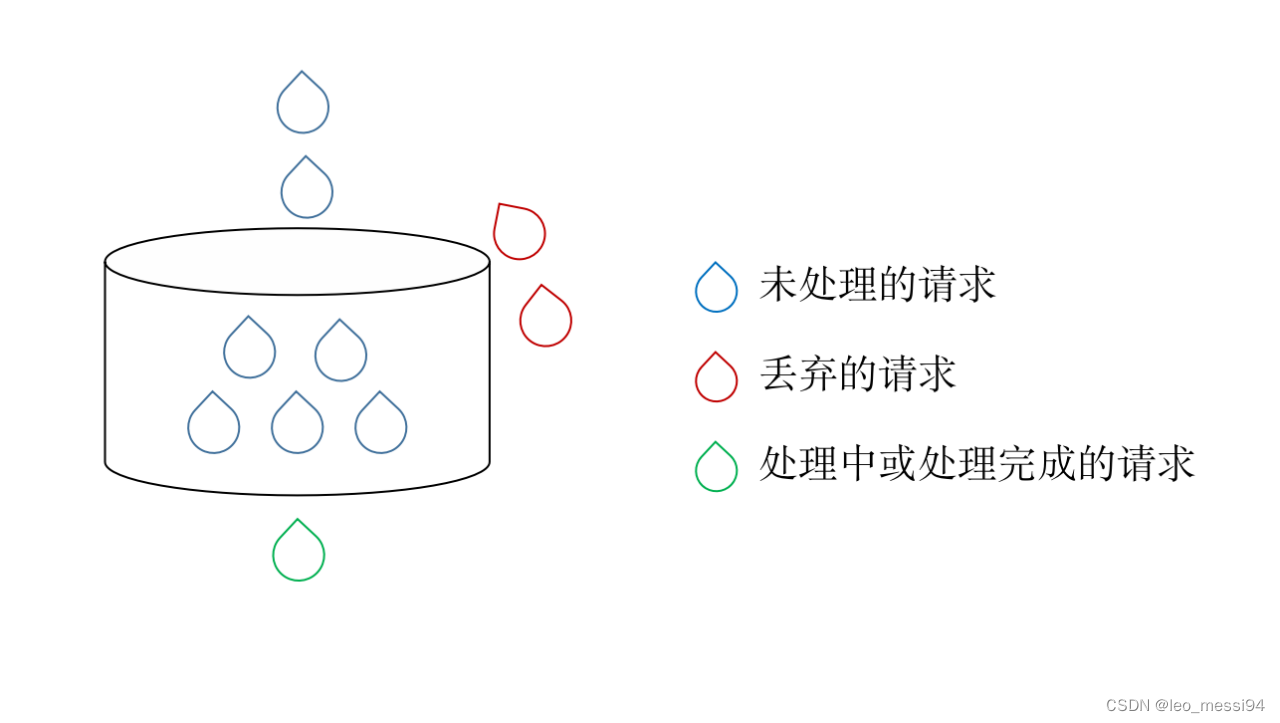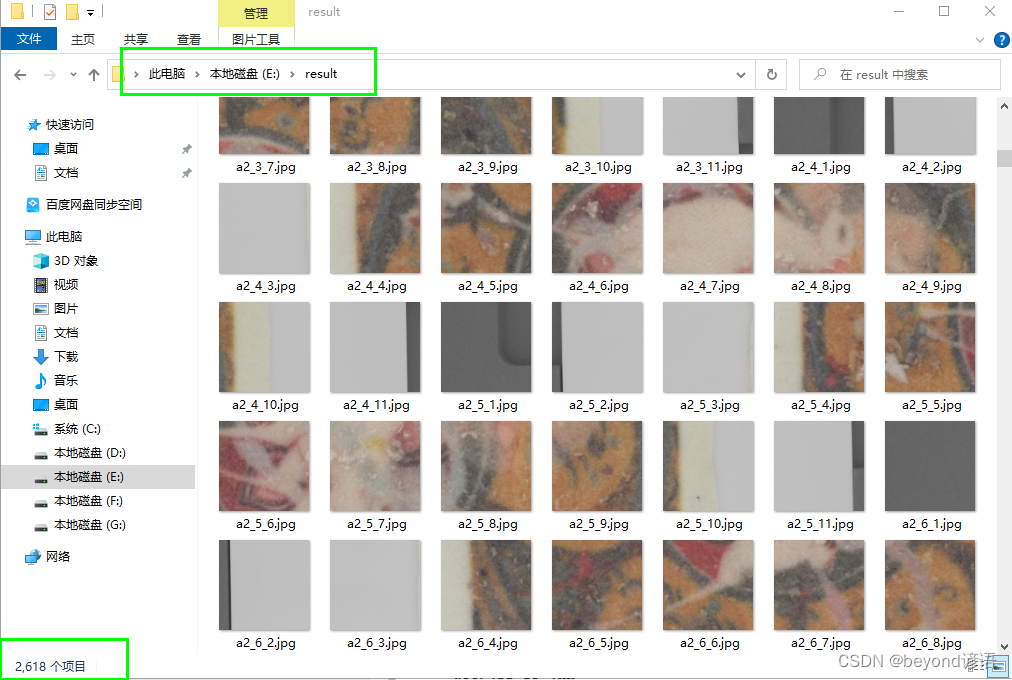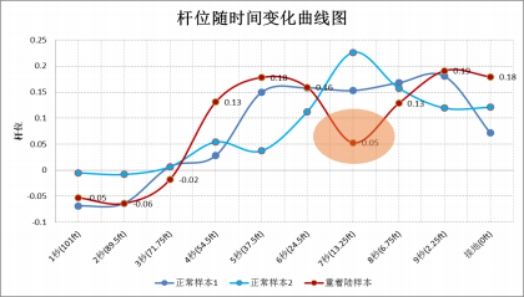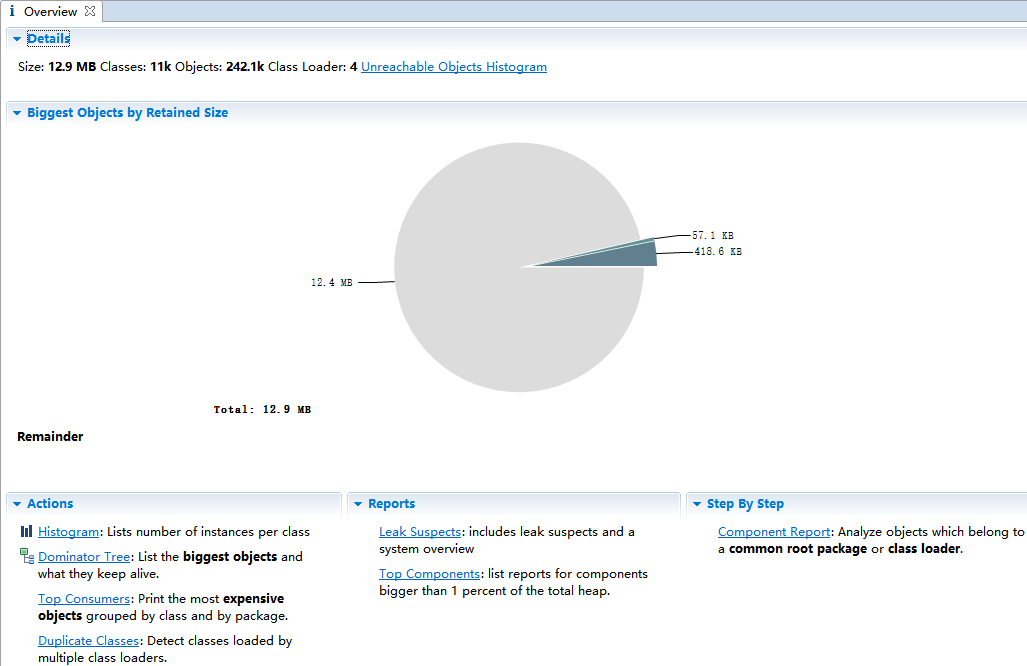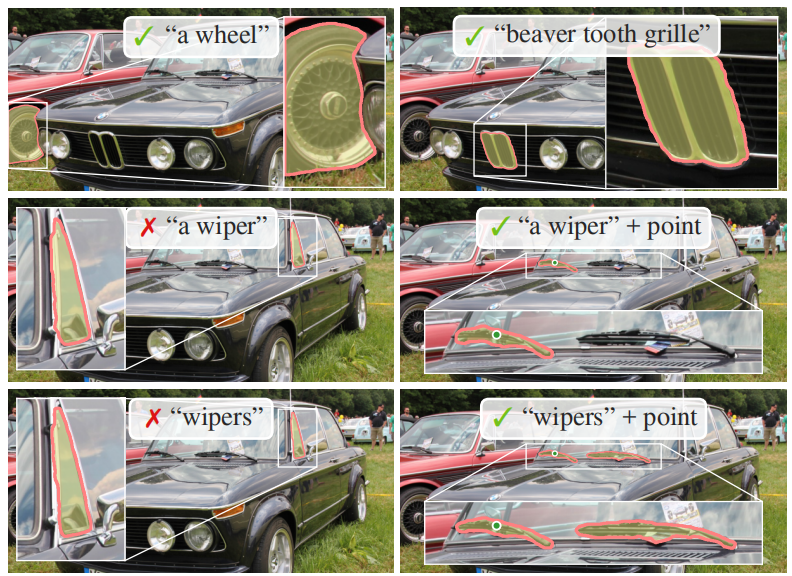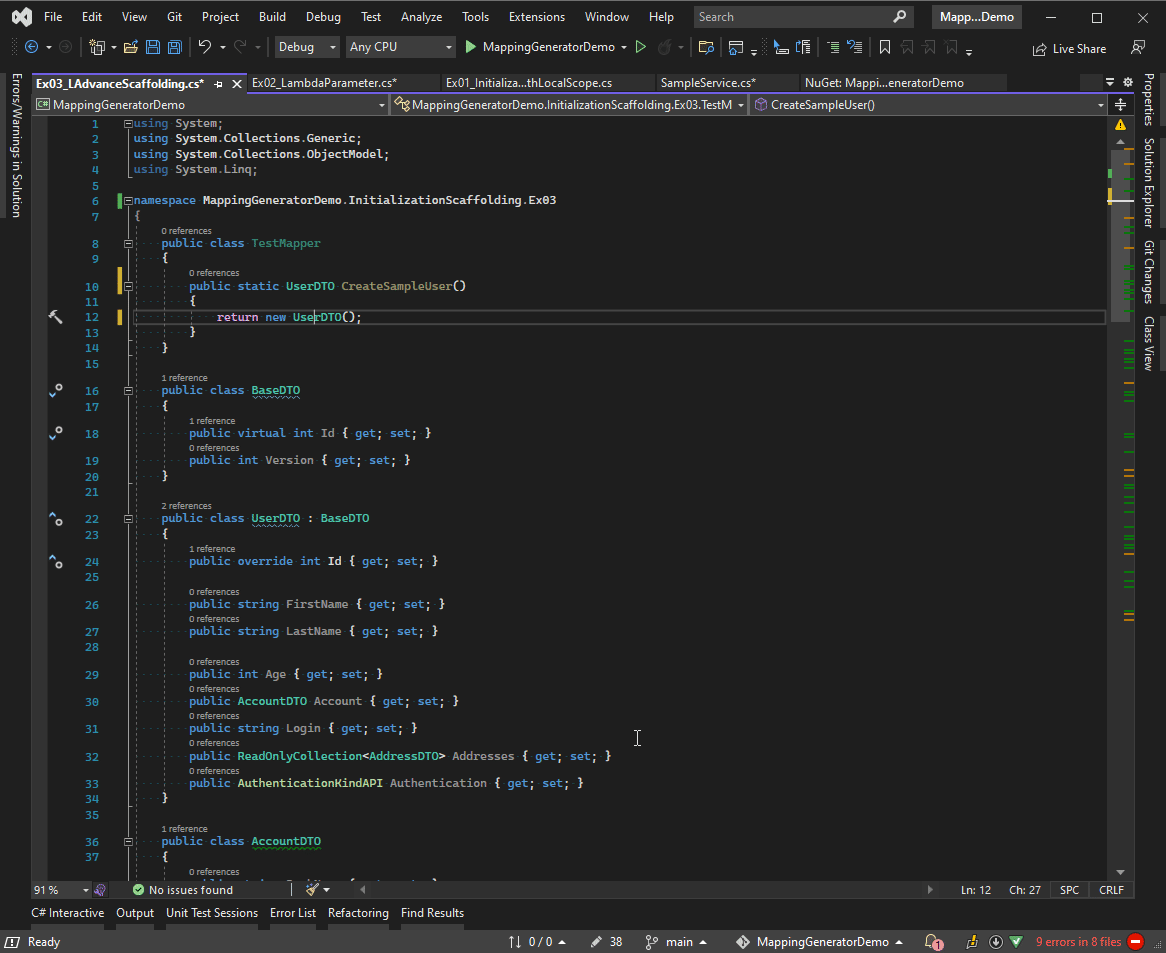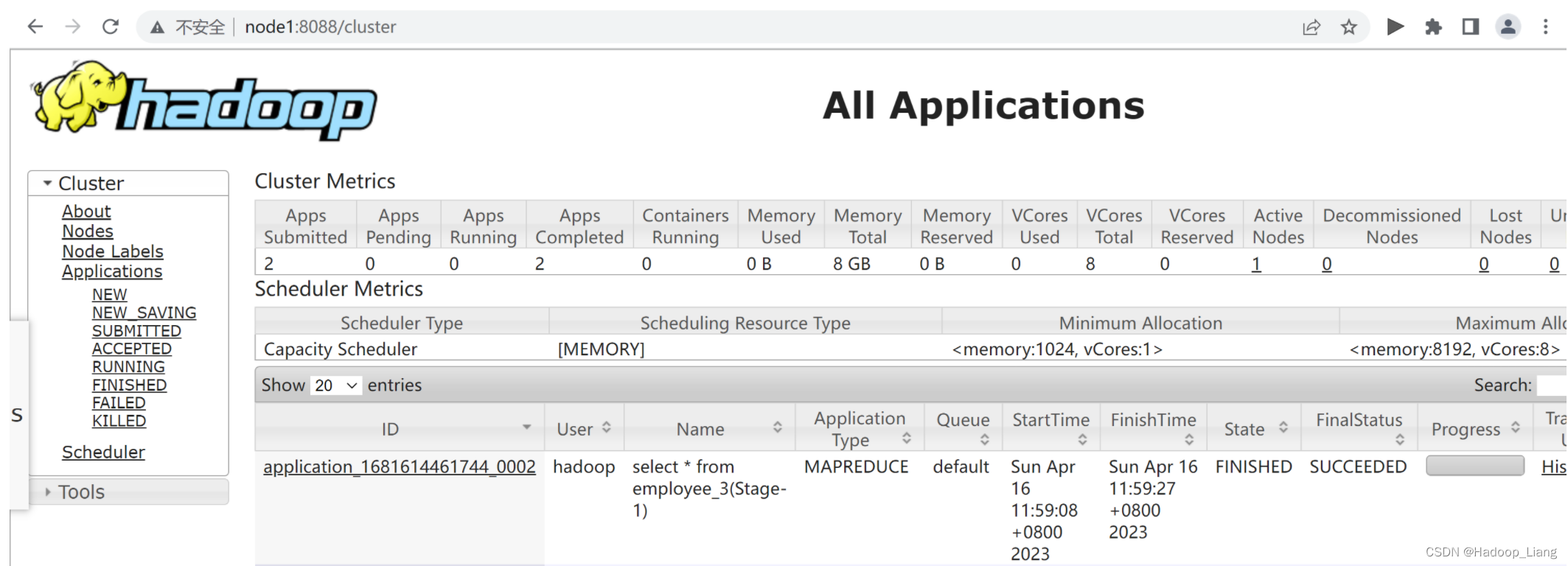线程的取消
意义:随时杀掉一个线程
int pthread_cancel(pthread_t thread);注意:线程的取消要有取消点才可以,不是说取消就取消,线程的取消点主要是阻塞的系统调用
如果没有取消点,手动设置一个;
void pthread_testtcancel(void);代码实现:
#include <stdio.h>
#include <unistd.h>
#include <pthread.h>
void *func(void *arg) {
printf("this is child thread\n");
while(1) {
sleep(5);
pthread_testcancel();
}
pthread_exit("thread return");
}
int main() {
pthread_t tid;
void *retv;
int i;
pthread_create(&tid, NULL, func, NULL);
sleep(5);
pthread_cancel(tid);
pthread_join(tid, &retv);
while(1) {
sleep(1);
}
}运行结果:

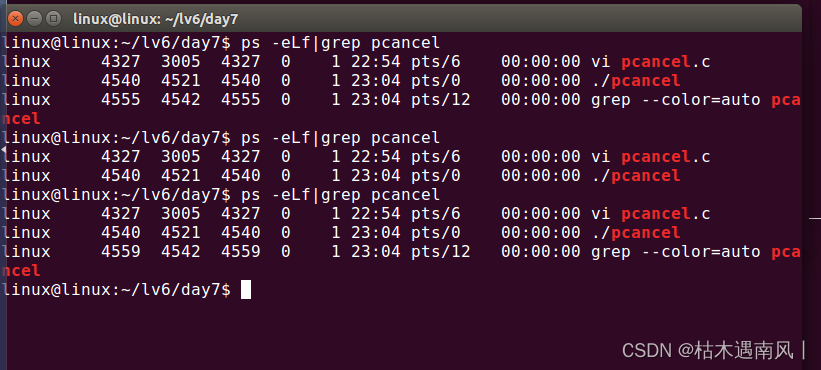
运行段错误:
可以使用gdb调试;
1、使用gdb编译代码;
gcc -g -o xxx xxx.c2、使用gdb运行程序;
gdb ./xxx3、运行之后使run命令;
(gdb)run等待出现Thread 1 "xxx" received signal SIGSEGV, Segmentation fault.
4、输入命令bt(打印调用栈)
(gdb) bt#0 0x00007ffff783ecd0 in vfprintf () from /lib/x86_64-linux-gnu/libc.so.6
#1 0x00007ffff78458a9 in printf () from /lib/x86_64-linux-gnu/libc.so.6
#2 0x00000000004007f9 in main () at xxx.c:21
确定段错误位置是xxx.c21行
设置取消属性
int pthread_setcancelstate(int state, int *oldstate);
PTHREAD_CANCEL_ENABLE
PTHREAD_CANCEL_DISABLE
设置不能取消:PTHREAD_CANCEL_ENABLE
设置可以取消:PTHREAD_CANCEL_DISABLE
#include <stdio.h>
#include <unistd.h>
#include <pthread.h>
void *func(void *arg) {
printf("this is child thread\n");
pthread_setcancelstate(PTHREAD_CANCEL_DISABLE,NULL);
//设置程序5秒之前不可取消
while(1) {
sleep(5);
pthread_testcancel();
}
pthread_setcancelstate(PTHREAD_CANCEL_ENABLE,NULL);
//设置程序5秒之后可以取消
while(1) {
sleep(1);
}
pthread_exit("thread return");
}
int main() {
pthread_t tid;
void *retv;
int i;
pthread_create(&tid, NULL, func, NULL);
sleep(1);
pthread_cancel(tid);
pthread_join(tid, &retv);
while(1) {
sleep(1);
}
}设置取消类型:
int pthread_setcanceltype(int type, int *oldtype);
PTHREAD_CANCEL_DEFERRED
PTHREAD_CANCEL_ASYNCHRONOUS
等到取消点才取消:PTHREAD_CANCEL_DEFERRED
目标线程会立即取消:PTHREAD_CANCEL_ASYNCHRONOUS
线程的清理
必要性:当线程非正常终止,需要清理一些资源
void pthread_cleanup_push(void (*routine) (void *), void *arg)
void pyhread_cleanup_pop(int execute)routine函数被执行的条件:
1、被pthread_cancel取消掉;
2、执行pthread_exit;
3、非0参数执行pthread_cleanup_pop()
注意:
1、必须成对使用,即使pthread_cleanup_pop不会被执行也要必须写上,否则编译会错误;
2、pthread_cleanup_pop()被执行且参数为0,pthread_cleanup_push回调函数routine不会被执行;
3、pthread_cleanup_push 和 pthread_cleanup_pop 可以写多对,routine执行顺序正好相反(类似于栈先进后出)
4、线程内的return 可以结束线程,也可以给pthread_join 返回值,但不能触发pthread_cleanup_push里面的回调函数,所以我们结束线程尽量使用pthread_exit退出线程。
